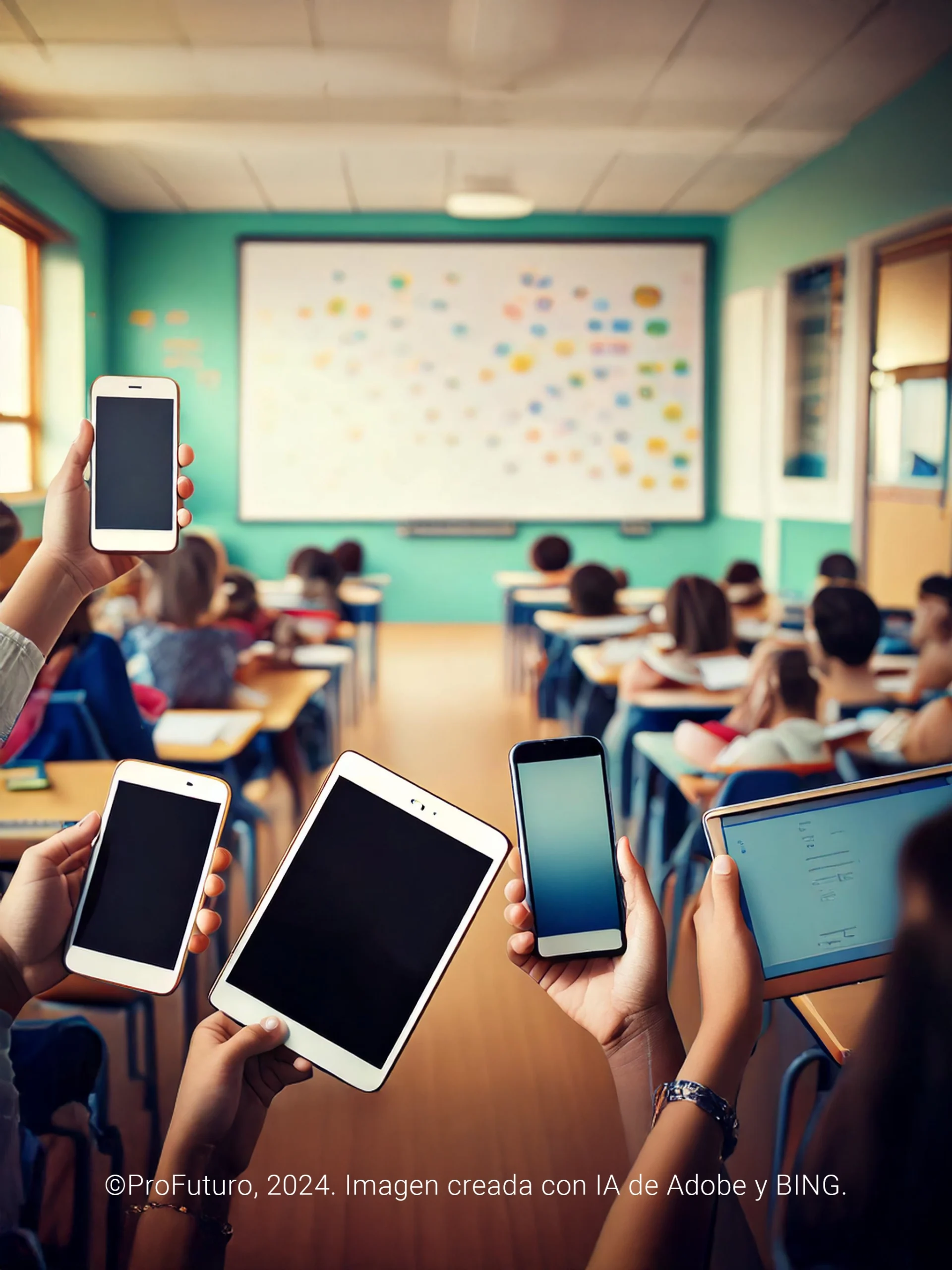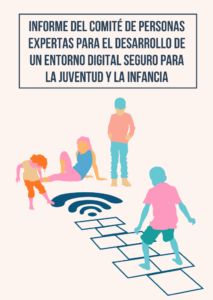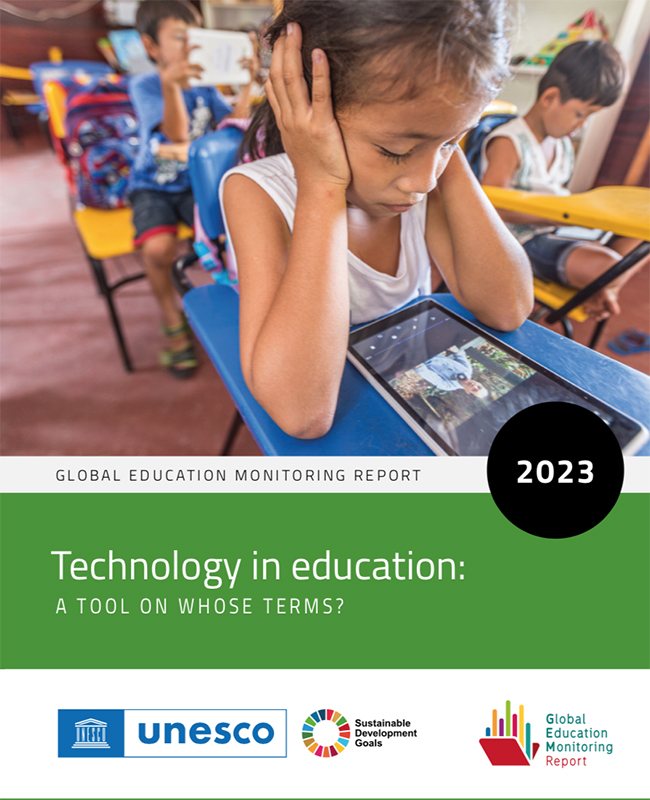The growing development of digital technologies has profoundly changed the way children and adolescents interact with their environment. From the advent of the first video game consoles and portable devices to today’s virtual learning platforms, numerous opportunities for knowledge acquisition have emerged, often without the necessary adult supervision. Can we affirm that the benefits of digital education outweigh its potential risks? This is a question that public and private institutions have grappled with over recent years.
Rising concerns about minors’ access to inappropriate content and prolonged screen exposure—circumstances associated with adverse effects on the mental health of children and adolescents—have been accompanied by the need to update legal frameworks to adapt to the demands of an increasingly virtual landscape.
In this context, in January 2024, the Government of Spain established the Committee of Experts to assess the impact of the digital environment on childhood and promote measures to protect minors in this new reality. This group, made up of 50 specialists in fields as diverse as pediatrics, psychology, education, digital law, and cybersecurity, aimed to develop a comprehensive diagnosis of the relationship between minors and technology.
Their work involved analyzing positive practices, identifying risks, and proposing recommendations that could be implemented across various areas of society, from homes and schools to the tech industry and government authorities.
The Committee highlights in its report the positive contributions of digital tools to the education of young people.
The Social and Educational Value of Technology
The Committee highlights in its report the positive contributions of digital tools to the education of young people. For instance, easy and immediate access to virtual libraries and interactive platforms provides opportunities to deepen knowledge in various fields. Additionally, the availability of audiovisual content and applications designed for educational purposes boosts student motivation while fostering the acquisition of essential digital skills.
Below are examples, cited in the report, illustrating different ways to leverage digital tools to promote learning, inclusion, and interaction among children in an increasingly connected environment.
- Access to Knowledge and Information: Digital platforms multiply learning opportunities. Today, a child can explore materials on space science or practice a foreign language without leaving home.
- Development of Critical Skills: Engaging minors in data research and solving everyday situations with the help of technology stimulates independent thinking.
- Inclusion of Students with Special Needs: Certain applications are specifically designed to ensure that children with different conditions can actively participate in the educational process.
- Adaptation to Personal Learning Styles: Technology enables more individualized monitoring by accommodating resources and pacing flexibly.
- Global Exchange and Cooperation: Online connections foster interaction among students from different backgrounds, enriching their cultural and social perspectives.
Does this mean that everyone is prepared to fully harness these educational tools? The answer is not straightforward, but it could be summarized as follows: technology can serve as an ally in the development of critical and social skills if used with proper guidance.
Dangers Associated with Lack of Supervision
The report by the Committee of Experts identifies various risks that arise when the use of technological tools lacks proper oversight. Among them:
- Inappropriate Content: The ease of encountering violent, sexual, or consumerist material increases significantly in the absence of filters.
- Impact on Psychological Well-Being: Excessive screen time is linked to anxiety, depression, and sleep disturbances, according to research from various European universities cited by the committee.
- Addiction and Loss of Control: Some platforms are designed with repetitive elements that captivate younger users for extended periods, reducing their ability to self-regulate.
- Reduction of Face-to-Face Interaction: Isolation behind a screen can hinder the development of essential social and communication skills crucial for personal growth.
- Improper Use of Personal Data: The report highlights concerns about the mass collection of minors’ information without genuine and transparent consent, violating their right to privacy.
For these reasons, the committee emphasizes the need to protect children and adolescents through a regulatory framework that ensures a balance between the benefits of the digital age and the safety of its youngest users.
The final document prepared by the Committee of Experts, spanning over 400 pages, emphasizes an essential idea: the use of technology during childhood and adolescence should be viewed as a balancing act between learning and safety.
Proposed Measures for a Responsible Digital Environment
As part of their work, the committee developed a report containing 107 recommendations aimed at creating a safe and enriching virtual space. Some of the most notable suggestions include:
- Age Verification Systems and Parental Controls: Advanced methods are recommended to prevent minors from accessing content unsuitable for their developmental stage.
- Media and Information Literacy (MIL): Proposals include introducing educational activities focused on the critical use of social media and search engines, starting in primary education.
- Active Supervision by Families and Schools: Adults are encouraged to develop digital skills to guide minors through the various stimuli they encounter online.
- Child Privacy Protection: Emphasis is placed on creating regulatory frameworks to limit the commercial exploitation of minors’ data.
- Blocking Addictive Mechanisms: Recommendations include banning “loot boxes” in video games and other tactics promoting impulsive spending among young users.
- Digital Health Observatory: The creation of an entity to monitor the impact of technology on mental health is suggested.
- Selection of Safe Educational Tools: Advocates for reviewing the quality and reliability of applications before they are introduced in schools.
- Active Industry Participation: Companies are urged to assume a legal responsibility for protecting minors.
- Accessibility for All: Reinforce the inclusion of children with diverse abilities to ensure no group is left behind.
- Legal and Policy Review: Frequent updates to laws are recommended to keep pace with the rapidly evolving digital environment.
- Promotion of Digital Well-Being: Clear guidelines on screen time and the importance of self-care are deemed urgent.
- Ban on Personalized Advertising: A prohibition on targeted ads directed at children is recommended.
- Screen Time Limits: Suggest setting scientifically-based maximum hours for device use.
- Creation of Friendly and Safe Environments: Platforms aimed at children should include mechanisms to protect against bullying and inappropriate access.
- Support for Ongoing Research: Advocates for funding studies exploring the effects of technology exposure from multiple perspectives.
- Inclusion of Child and Adolescent Voices: Stressing the importance of incorporating the perspectives of those experiencing the digital environment firsthand.
- Continuous Teacher Training: Highlights the value of equipping educators to guide students in balanced technology use.
- Strategies Against Cyberbullying: Proposes initiatives to enhance digital coexistence and reduce virtual violence.
- Legislation for New Challenges: Emphasizes the need to regulate specific online interactions and data protection issues.
- Shared Responsibility: Calls for collaboration among families, educational institutions, governments, and companies to safeguard minors and ensure a digital future free from abuse.
These measures aim to balance the benefits of digital technology with the need to protect the youngest users, fostering a safer and more inclusive online environment.
“A Balancing Act Between Learning and Safety”
The final document prepared by the Committee of Experts, spanning over 400 pages, emphasizes an essential idea: the use of technology during childhood and adolescence should be viewed as a balancing act between learning and safety. It recommends that regulatory measures be complemented by training programs for parents, caregivers, and educators, as well as the promotion of a responsible digital culture within the tech industry. Supervision, rather than being an obstacle, can become a catalyst for encouraging children’s curiosity while safeguarding their emotional well-being and privacy.
The goal, according to the report, is to foster a digital environment that does not exclude young people but instead invites them to discover new knowledge and develop a critical mindset. Achieving this requires concrete actions: effective laws, high-quality training programs, and a genuine commitment from all stakeholders involved. Are we, as a society, ready to take this step? Based on the results of some pilot programs presented in the report, the path forward appears promising—provided there is a shared will to move in the same direction.
If you’re interested in exploring the information presented in this article further, you can access the full report [here].







